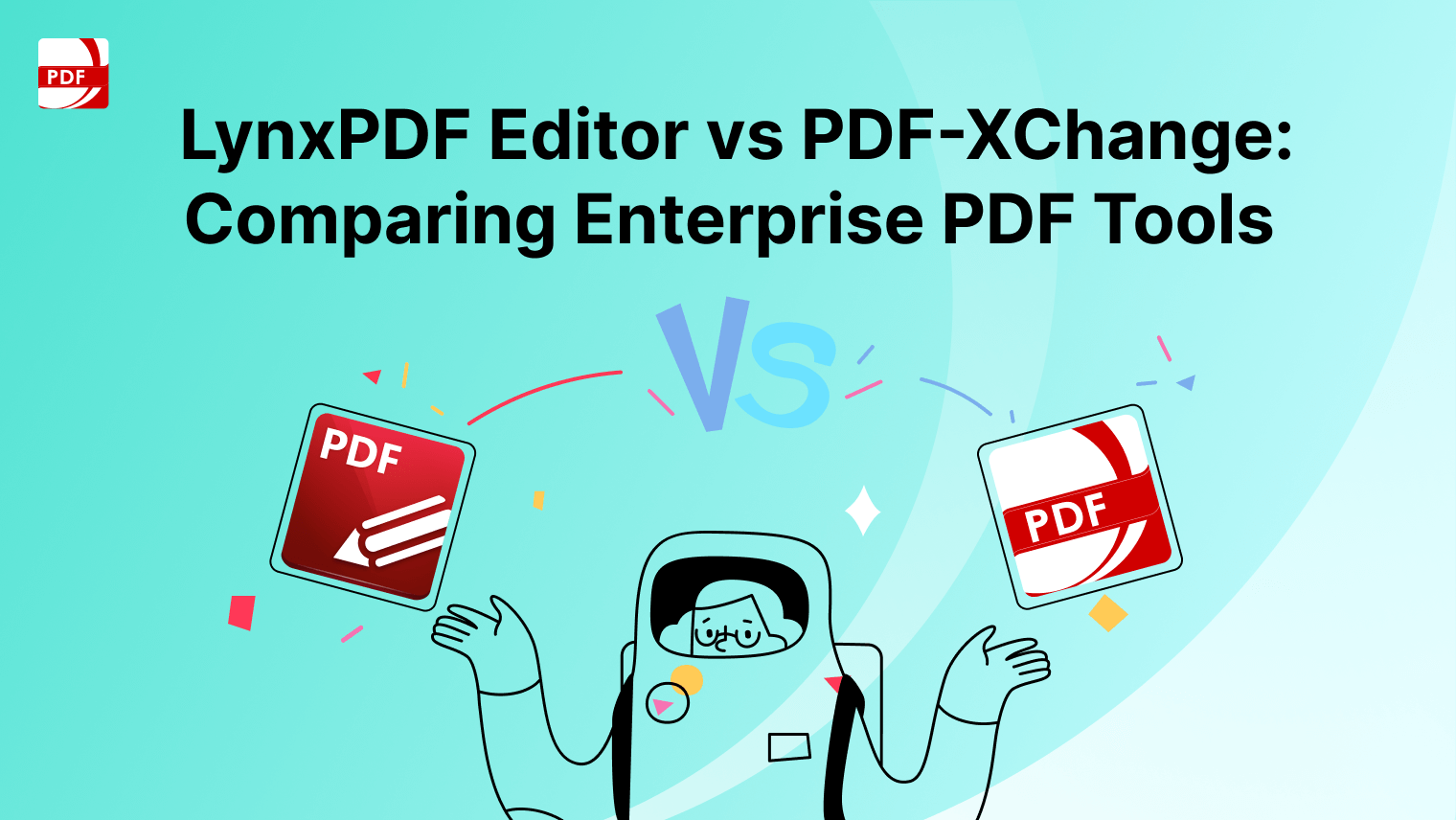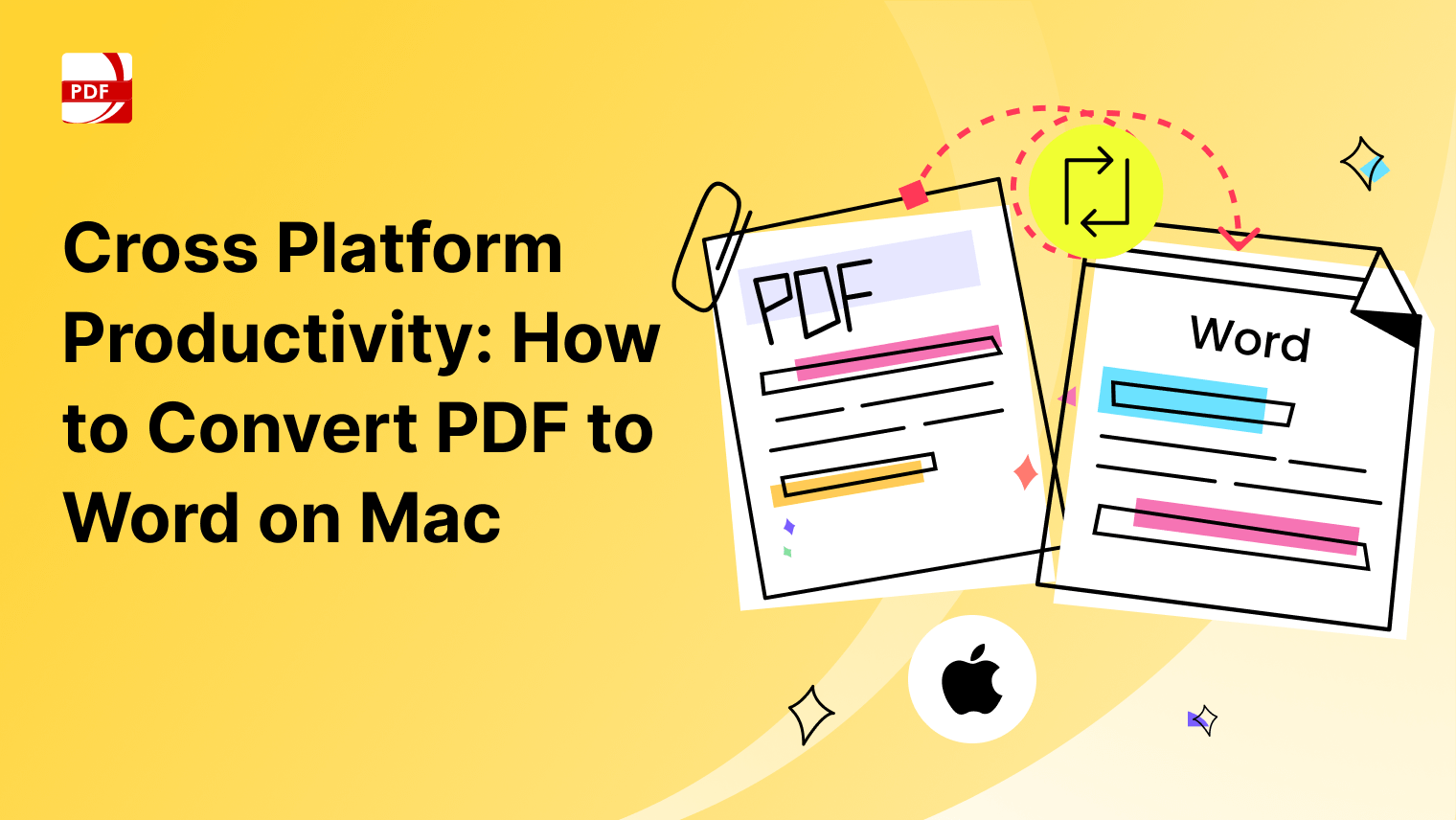Google Docs has emerged as a popular choice for creating and editing documents collaboratively in the cloud. However, there are instances where you might need to convert your Google Docs files to Microsoft Word format for various reasons, such as compatibility issues or specific formatting requirements.
How to Convert Google Docs to Word
Converting your Google Docs files to Word format is a straightforward process. Follow these steps compiled by our team on this cloud-based platform:
Image Source: PDF Reader Pro
Step 1: Open the Google Doc
Begin by opening the Google Docs document that you want to convert to Word format.
Step 2: Go to "File" Menu
Click on the "File" menu located in the top-left corner of the Google Docs interface.
Step 3: Select "Download"
From the dropdown menu, hover over "Download" to reveal additional options.
Step 4: Choose "Microsoft Word (.docx)"
Select the option labeled "Microsoft Word (.docx)" from the available download formats. This will initiate the conversion process.
Step 5: Open the Word File
Double-click on the downloaded Word file to open it in Microsoft Word or your preferred word processing software. Review the document to ensure that the formatting and content appear as intended.
Integrating Google Docs with PDF Reader Pro
Integrating Google Docs with PDF Reader Pro can streamline document workflows and enhance productivity by providing users with additional tools and functionalities for handling PDF files within the Google Docs environment.
Best Practice for Converting Google Docs to Word
Converting Google Docs to Word format is a common task, especially when collaborating with others who use Microsoft Word or when specific formatting requirements need to be met. To ensure a smooth and accurate conversion process, consider the following best practices:
-
Review Formatting Before Conversion: Before initiating the conversion process, thoroughly review the formatting of your Google Docs document. Check for any complex formatting, special characters, or features that may not translate perfectly into Word format. Making adjustments beforehand can help avoid issues during the conversion.
-
Use Supported Fonts and Styles: Google Docs offers a wide range of fonts and styles, but not all of them are fully compatible with Microsoft Word. To ensure that your document maintains its appearance after conversion, stick to commonly used fonts and styles that are supported by both platforms.
-
Minimize the Use of Advanced Features: While Google Docs and Microsoft Word offer similar features, some advanced functionalities may not translate seamlessly between the two platforms. Avoid using complex elements such as custom scripts, advanced tables, or embedded objects if compatibility with Word is a priority.
-
Convert Inline Images to Supported Formats: If your Google Docs document contains inline images, make sure they are in a supported format for Word. JPEG and PNG are widely supported image formats that should preserve well during conversion. Avoid using formats that may cause compatibility issues, such as SVG or EPS.
-
Save a Copy Before Conversion: To avoid any accidental changes or formatting issues during conversion, consider saving a copy of your Google Docs document before initiating the conversion process. This ensures that you have a backup copy of the original document in case you need to revert any changes.
-
Check Compatibility with Older Word Versions: If you know that the recipient will be using an older version of Microsoft Word, ensure compatibility by saving the document in the appropriate Word format. Consider saving the document as a .doc file instead of .docx to ensure compatibility with older Word versions.
-
Test the Converted Document: After converting your Google Docs document to Word format, thoroughly review the converted document in Microsoft Word. Pay close attention to formatting, layout, and any special elements to ensure everything appears as intended. Make any necessary adjustments to address any discrepancies.
-
Communicate with Collaborators: If you're collaborating with others who will be working with the converted Word document, communicate any potential formatting differences or issues that may arise during the conversion process. This helps ensure that everyone is aware of the differences between the two formats and can make necessary adjustments if needed.
FAQs: Convert Function on Google Workspace
Do you have questions about converting your documents or how to manage them as PDF files? Our team has compiled some possible answers below.
-
What is the Convert function in Google Workspace?
The Convert function in Google Workspace allows users to change the format of a file from one type to another. For example, you can convert a Google Docs document to a Microsoft Word file (.docx) or vice versa.
-
How do I access the Convert function?
To access the Convert function, open the file you want to convert in Google Workspace. Then, navigate to the "File" menu and select "Download" or "Save as" option, depending on the file type you want to convert. From there, you can choose the desired format for conversion.
-
Which file formats can I convert using Google Workspace?
Google Workspace supports the conversion of various file formats, including Google Docs, Google Sheets, and Google Slides to Microsoft Office formats such as Word, Excel, and PowerPoint, respectively. Additionally, it can convert Microsoft Office files to their Google Workspace counterparts.
-
Are there any limitations to the Convert function?
While the Convert function is convenient, it may not preserve all formatting and features, especially when converting between different file types. Complex formatting, advanced features, and certain elements may not translate perfectly during conversion. It's recommended to review the converted file to ensure accuracy.
-
Can I convert multiple files at once using Google Workspace?
Google Workspace allows users to convert individual files one at a time. However, batch conversion of multiple files simultaneously is not supported directly within the platform. Users may need to use third-party tools or scripts for batch conversion tasks.
-
Do I need to have specific permissions to use the Convert function?
Generally, users with edit or owner permissions on a file can utilize the Convert function within Google Workspace. However, access permissions may vary depending on the organization's settings and sharing settings for individual files.
-
Will converting a file affect its original version?
No, converting a file using the Convert function in Google Workspace creates a separate copy in the desired format while preserving the original version. The original file remains unchanged, allowing users to revert to it if needed.
-
Can I convert files offline?
The Convert function in Google Workspace requires an internet connection to access and convert files. Offline conversion is not supported within the native Google Workspace environment. However, users can download files for offline use and convert them using compatible desktop applications.
Whether you're collaborating with colleagues, submitting documents, or simply prefer working with Microsoft Word, this conversion process allows you to seamlessly transition between platforms without compromising quality or convenience.



